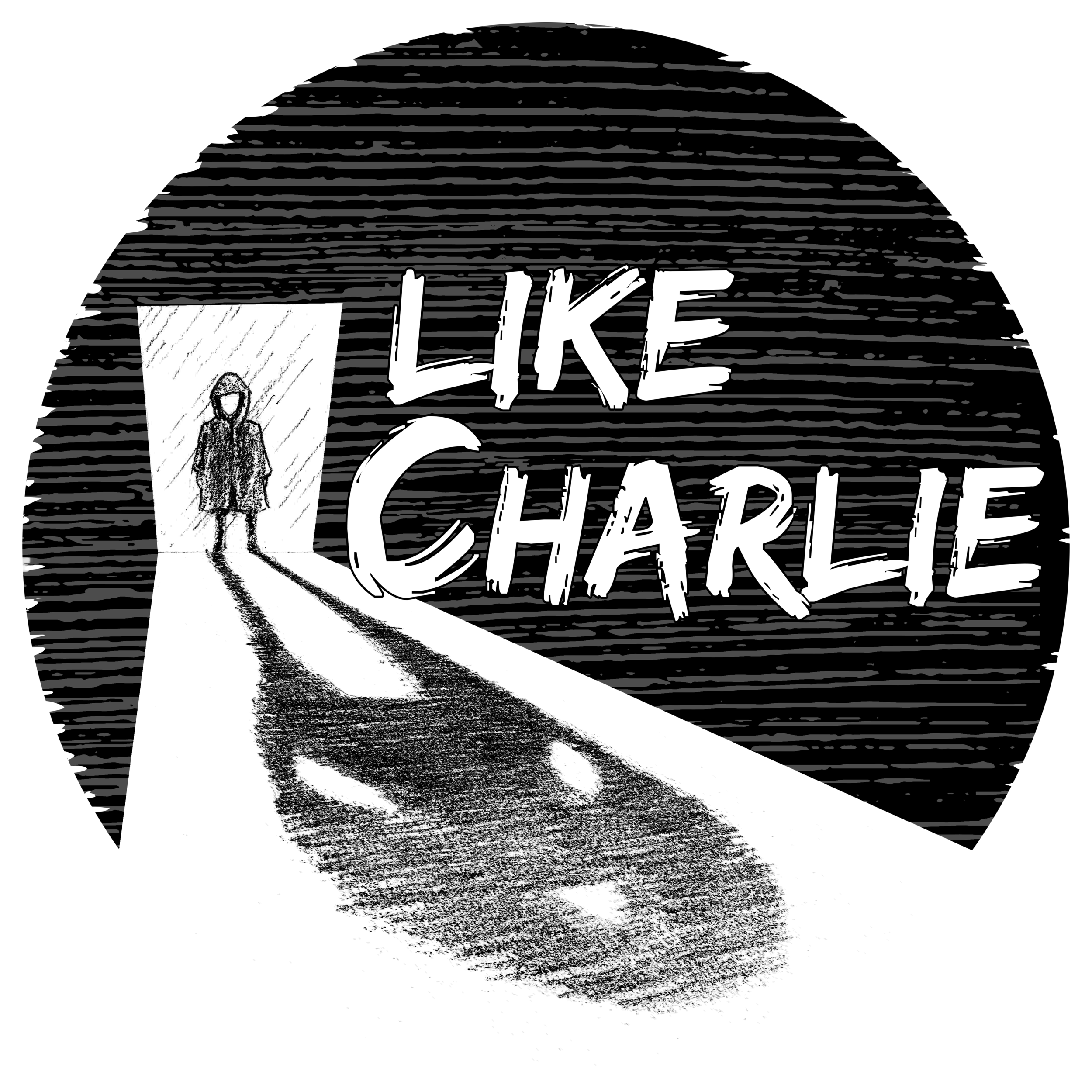The 'Walking Simulator' - Subverting Expectations
We recently had the opportunity to pen an article for a feature at Into Indie Games and decided to focus on the fine art of leading a player via various disciplines of game design. From physically leading with the power of suggestion, sound cues, lighting etc; to genre expectations, and the concept of what makes an interactive medium a ‘game’.
Getting stuck or not knowing where to go next in a game sucks. And unless you’re playing a platformer, being reminded of a game’s linearity isn’t a good thing either. There’s certainly a sweet spot between tactful guidance and creative design that gives players a sense of freedom and control. Think of a game like Mirror’s Edge, linear from a level-design perspective but taking advantage of fluid movement and subtle cues (e.g., lighting, sound and skewed perspective) to ensure players keep pushing forward.
Exploration games and ‘walking simulators’ are often accused of being on rails, with little innovation in terms of gameplay. There’s usually not too much players can do to change course due to fixed narratives and limited movement. Ghost on the Shore subverts these expectations in a number of ways, leading the player in one direction and then opening up several new paths.
Read the full article by Alexandros Melidoniotis and George Eastmead over at Into Indie Games here.
